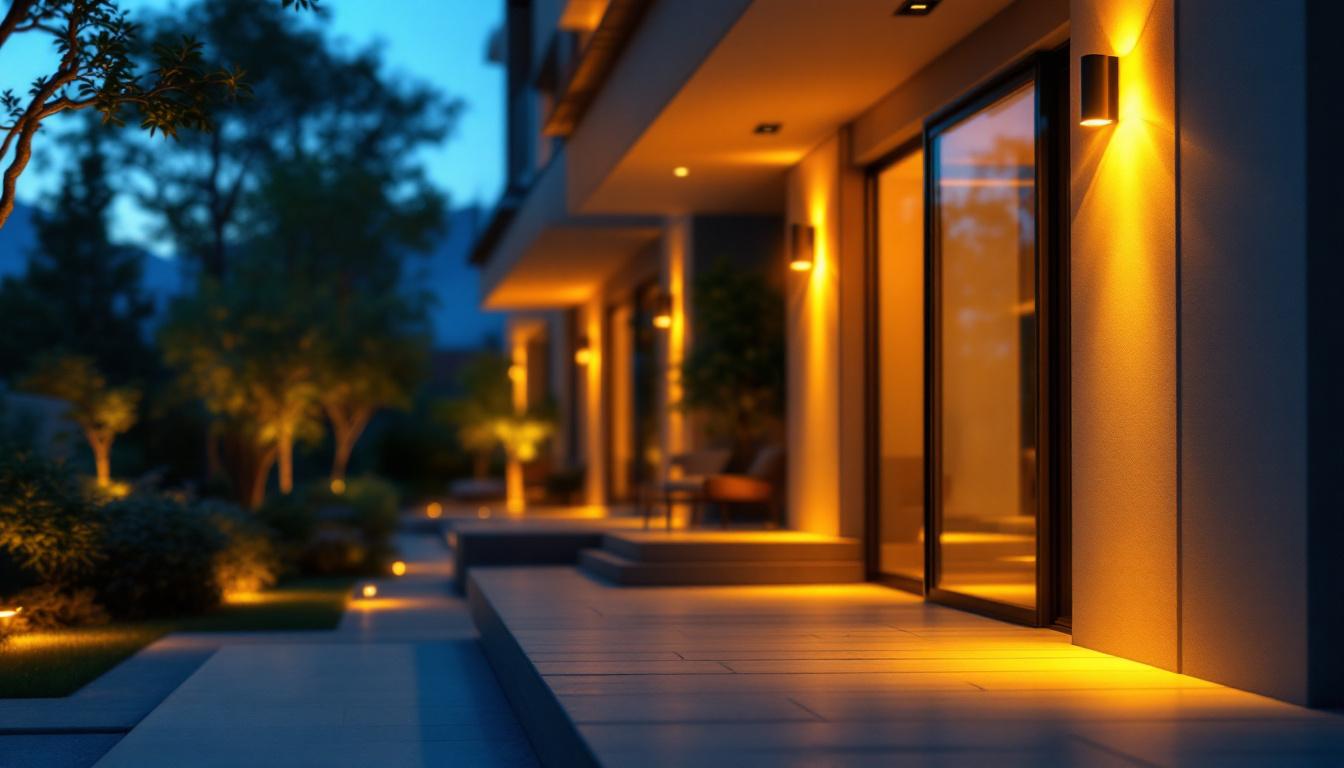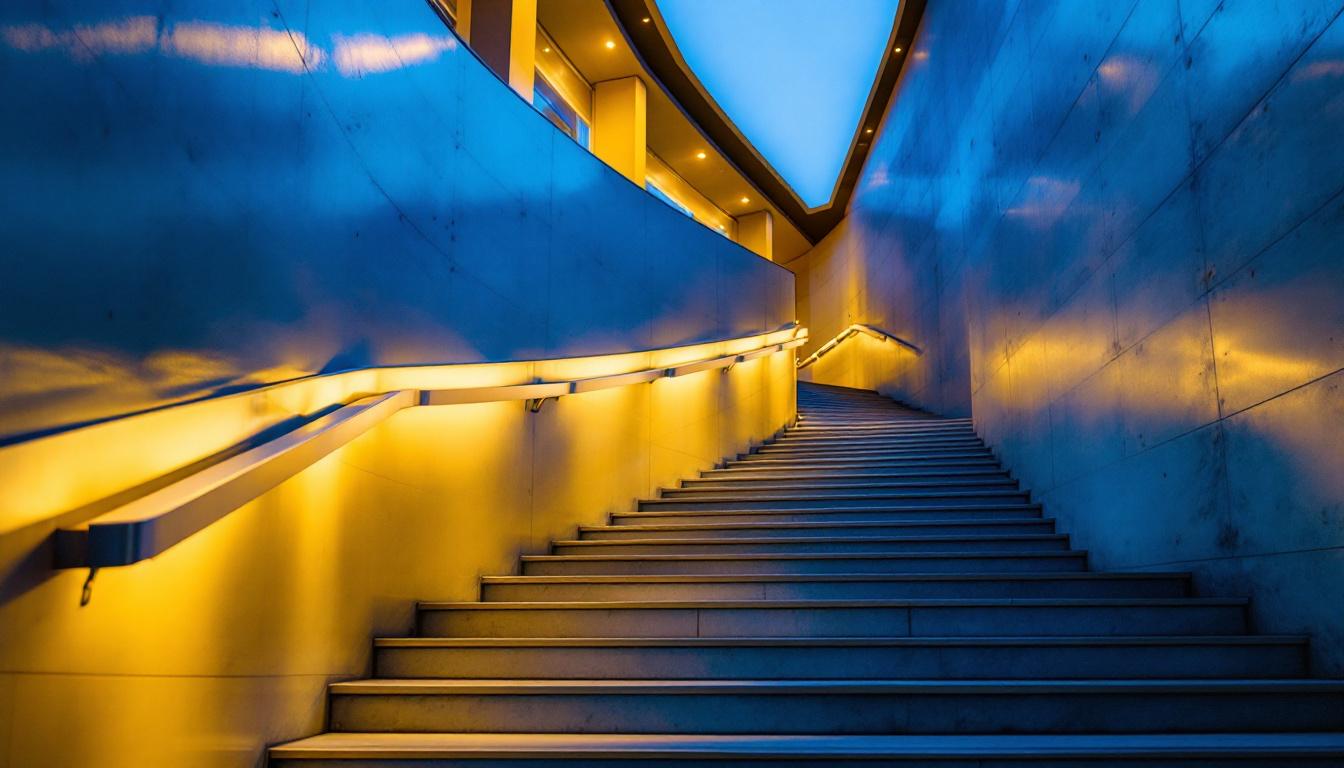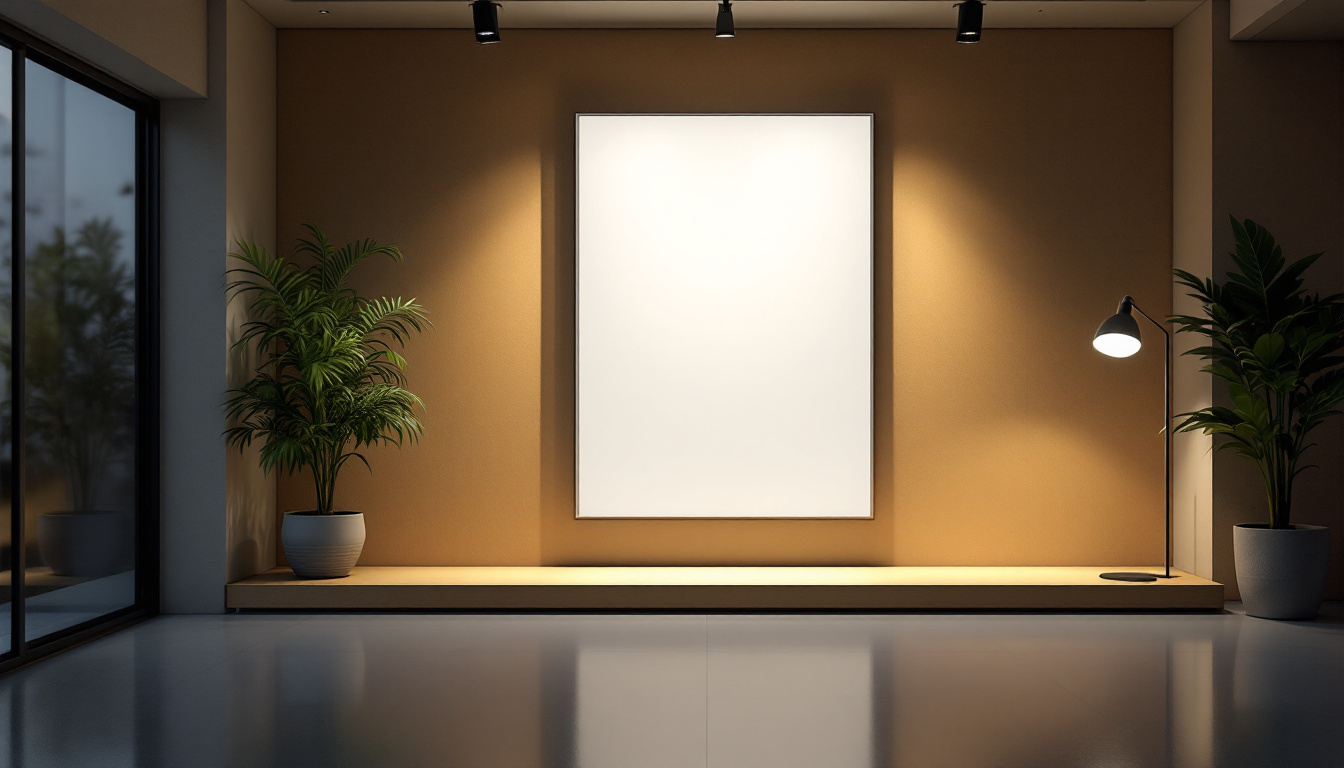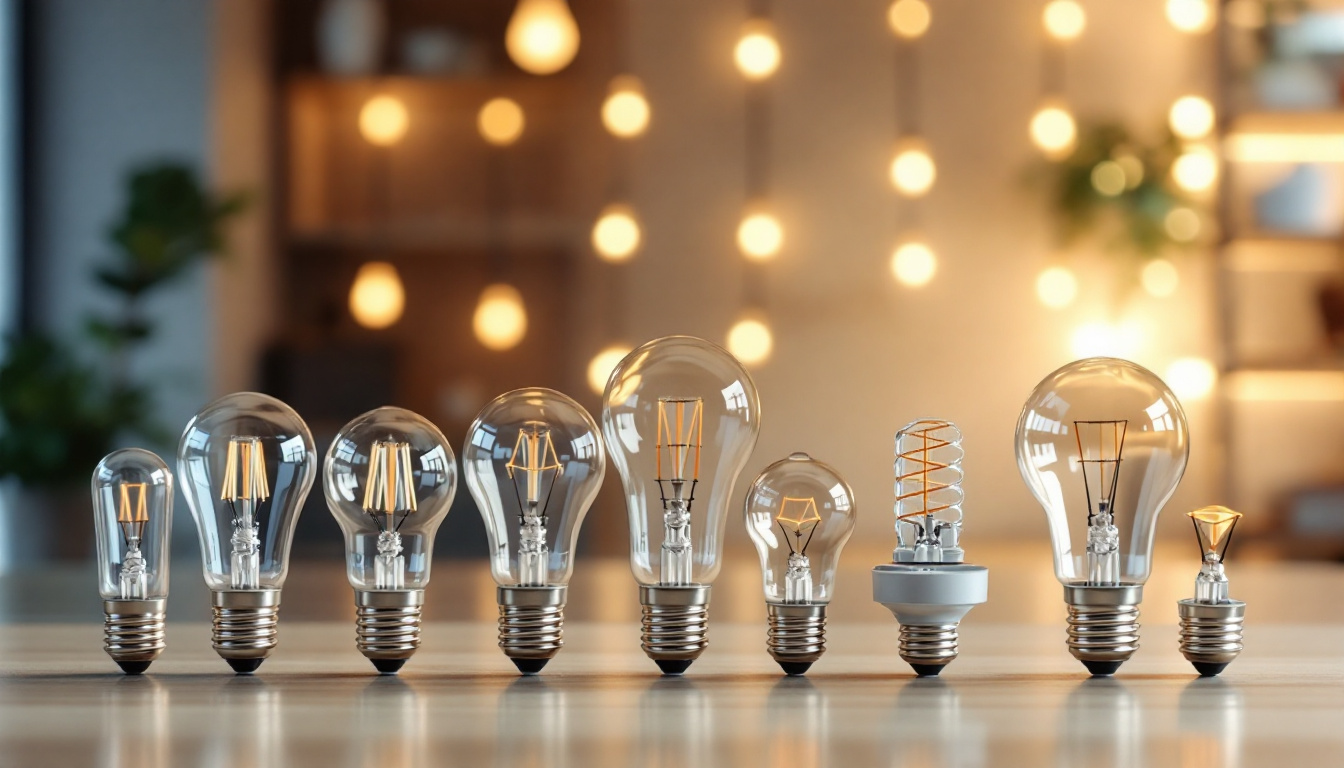
Outdoor lighting has evolved significantly, transforming not just the aesthetics of properties but also enhancing safety and security. For lighting contractors, understanding the nuances of high-end outdoor lighting is essential to meet client expectations and create stunning outdoor environments. This article provides valuable insights and quick tips that can elevate your outdoor lighting projects to a new level of sophistication.
High-end outdoor lighting is characterized by its quality, design, and functionality. Unlike standard lighting solutions, high-end options often incorporate advanced technology, premium materials, and unique design elements. This section explores the key aspects that define high-end outdoor lighting.
When selecting fixtures for high-end outdoor lighting, the choice of materials is paramount. Premium metals such as brass and stainless steel not only offer durability but also provide an elegant finish that enhances the overall aesthetic. Additionally, high-quality glass lenses can improve light diffusion and reduce glare, creating a more inviting atmosphere.
Contractors should also consider weather-resistant coatings and finishes that can withstand the elements. This ensures that the fixtures maintain their appearance and functionality over time, providing long-term value for clients. Furthermore, the use of sustainable materials, such as recycled metals or eco-friendly composites, can appeal to environmentally conscious consumers, adding another layer of value to high-end lighting solutions.
The design of outdoor lighting fixtures plays a crucial role in achieving a high-end look. Sleek, modern designs can complement contemporary architecture, while more traditional styles may suit classic homes. Lighting contractors should familiarize themselves with various design trends to offer clients options that align with their vision.
Incorporating unique shapes, textures, and colors can also set a project apart. Custom-designed fixtures can be a selling point, allowing for personalization that resonates with the homeowner’s style. Additionally, the strategic placement of fixtures can enhance architectural features and landscaping, creating a cohesive outdoor environment. Designers can also explore the use of ambient lighting, which softly illuminates spaces, creating a warm and inviting atmosphere for gatherings and outdoor entertaining.
High-end outdoor lighting often integrates smart technology, allowing for greater control and customization. Features such as dimming capabilities, color-changing LEDs, and remote control via smartphone apps can enhance user experience. Educating clients about these technologies can help them appreciate the value of investing in high-end solutions.
Moreover, energy-efficient options, such as solar-powered lights or LED fixtures, not only reduce energy costs but also appeal to environmentally conscious homeowners. Highlighting these benefits can make a compelling case for high-end outdoor lighting solutions. Additionally, integrating motion sensors and timers can enhance security and convenience, ensuring that outdoor spaces are well-lit when needed while conserving energy during off-peak hours. Such features not only elevate the functionality of outdoor spaces but also align with the growing trend towards smart home integration, making high-end outdoor lighting a forward-thinking investment for any homeowner.
Effective planning is essential for successful outdoor lighting projects. A well-thought-out plan ensures that all aspects of the lighting design are considered, from functionality to aesthetics. Here are some key steps to take during the planning phase.
Before diving into design, contractors should conduct a thorough assessment of the outdoor space. This includes identifying key areas that require illumination, such as pathways, patios, gardens, and architectural features. Understanding the layout and purpose of each area will guide the selection of appropriate fixtures.
Additionally, evaluating existing natural light sources and the surrounding environment can influence the lighting design. For instance, a well-lit pathway may require different fixtures than a cozy seating area, where softer lighting may be more appropriate. Consideration should also be given to the seasonal changes in the landscape, as certain plants and features may be more prominent during specific times of the year, impacting how and when lighting is utilized.
Once the space has been assessed, creating a detailed lighting design plan is the next step. This plan should outline the type and placement of fixtures, the desired lighting effects, and any specific features to highlight. Utilizing design software can help visualize the layout and make adjustments as needed.
Incorporating layers of light—ambient, task, and accent—can create a dynamic and inviting atmosphere. Ambient lighting provides overall illumination, task lighting focuses on specific areas, and accent lighting highlights architectural features or landscaping. Furthermore, considering the color temperature of the lights can significantly affect the mood of the space; warmer tones can create a cozy ambiance, while cooler tones may lend a more modern and vibrant feel to the environment.
High-end outdoor lighting projects can vary significantly in cost, depending on the materials and technologies used. It’s essential to establish a clear budget with the client from the outset. Discussing the costs associated with different fixtures and installation methods will help manage expectations and avoid surprises later on.
Offering a range of options within the budget can also empower clients to make informed decisions. Highlighting the long-term benefits of investing in quality fixtures can justify higher upfront costs, emphasizing durability and energy efficiency. Additionally, discussing potential energy savings from LED fixtures or solar-powered options can provide clients with a clearer understanding of how their investment can pay off over time, both in terms of reduced utility bills and environmental impact. Engaging in conversations about maintenance and warranty options can further reassure clients that they are making a sound investment in their outdoor spaces.
Proper installation is crucial to ensure the longevity and effectiveness of outdoor lighting systems. Here are some best practices that contractors should follow during the installation process.
Each lighting fixture comes with specific installation instructions provided by the manufacturer. Adhering to these guidelines is essential for safety and functionality. This includes proper wiring techniques, mounting heights, and recommended spacing between fixtures.
Additionally, understanding the electrical requirements for each fixture is vital. Ensuring that the power supply is adequate and that all connections are secure will prevent future issues and enhance the performance of the lighting system.
When planning the installation, it’s important to consider the wiring and power supply options. For high-end outdoor lighting, using low-voltage systems can be advantageous. These systems are safer and easier to install, allowing for greater flexibility in fixture placement.
Contractors should also plan for future maintenance by ensuring that wiring is accessible and protected from the elements. Using conduit or protective sheathing can safeguard wiring from damage and prolong the lifespan of the lighting system.
After installation, thorough testing is essential to ensure that all fixtures are functioning correctly. This includes checking for proper light output, ensuring there are no dark spots, and making adjustments as necessary. Taking the time to fine-tune the lighting can significantly enhance the overall effect.
Encouraging clients to view the lighting at different times of day can also help in making final adjustments. This ensures that the lighting meets their expectations and creates the desired ambiance.
To keep high-end outdoor lighting systems looking their best and functioning optimally, regular maintenance is key. Here are some tips to help contractors advise clients on maintaining their outdoor lighting.
Outdoor lighting fixtures are exposed to the elements, making them susceptible to dirt, dust, and debris. Regular cleaning is essential to maintain their appearance and performance. Using a soft cloth and mild soap can help remove buildup without damaging the fixtures.
It’s also important to clean lenses and bulbs to ensure maximum light output. Over time, grime can accumulate and diminish the effectiveness of the lighting, leading to a less appealing outdoor space.
Routine inspections of the lighting system can help identify any potential issues before they escalate. Contractors should advise clients to check for signs of wear, such as frayed wires, rust on metal fixtures, or cracked lenses. Addressing these issues promptly can prevent costly repairs and ensure the longevity of the lighting system.
Additionally, checking the functionality of smart technology features and timers can help maintain the efficiency of the lighting system. Ensuring that all components are working as intended will enhance the user experience.
As seasons change, so do the needs of outdoor lighting. Contractors should encourage clients to adjust their lighting setups based on seasonal activities. For example, brighter lighting may be desired during summer gatherings, while softer lighting may be more appropriate for winter evenings.
Advising clients on how to adjust their lighting for different occasions can enhance their outdoor experience and ensure that the lighting remains functional and appealing throughout the year.
High-end outdoor lighting offers a unique opportunity for lighting contractors to showcase their expertise and creativity. By understanding the key elements of quality materials, design aesthetics, and advanced technology, contractors can provide clients with exceptional lighting solutions that enhance their outdoor spaces.
Effective planning, proper installation, and regular maintenance are essential components of successful outdoor lighting projects. By following these quick tips, lighting contractors can elevate their projects, exceed client expectations, and create stunning outdoor environments that stand the test of time.
In a competitive market, staying informed about the latest trends and technologies in outdoor lighting will not only enhance a contractor’s skill set but also position them as a trusted expert in high-end outdoor lighting solutions.
Ready to bring your high-end outdoor lighting projects to life with unparalleled quality and value? Look no further than LumenWholesale. Our extensive selection of spec-grade lighting products is designed to meet the needs of the most discerning contractors. With unbeatable wholesale prices and the convenience of free shipping on bulk orders, you can trust us to provide the best lighting solutions without the inflated markups. Elevate your outdoor lighting designs today and experience the perfect blend of quality, affordability, and convenience. Discover the difference and make your next project shine by visiting Wholesale Lighting at the Best Value.

Discover the most common pitfalls lighting contractors encounter with greenhouse LED grow lights.

Discover how ceiling lights can transform your stairwell into a stunning focal point.

Explore how innovative light panels are revolutionizing energy efficiency in modern architecture.

Explore the essential role of light bulb bases in modern lighting solutions.